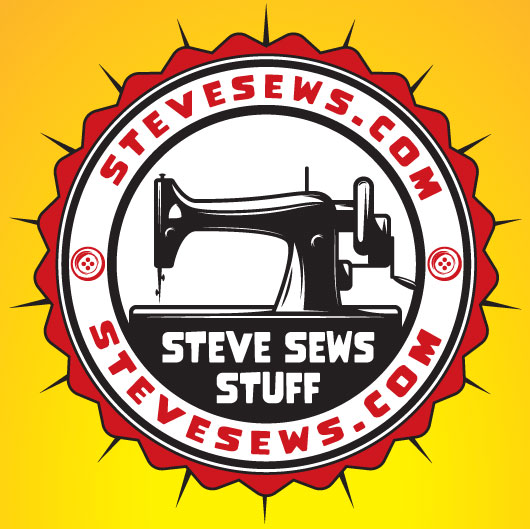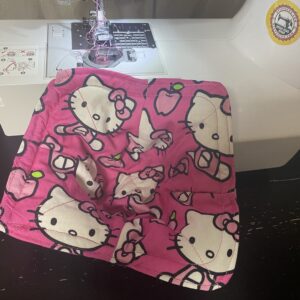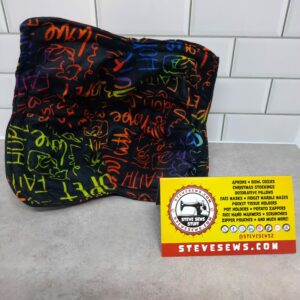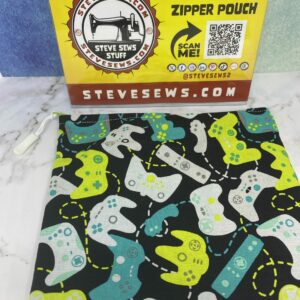The Great Fabric Dilemma: Cutting vs. Ripping Fabric – Choosing the right method to prepare your fabric is a crucial decision for any sewing or crafting project. The age-old debate of cutting versus ripping has intrigued and divided the crafting community for years. In this blog post, we’ll explore the advantages and disadvantages of each method to help you make an informed decision for your next creative endeavor.
The Great Fabric Dilemma: Cutting vs. Ripping Fabric
I remember in high school, my home economics teacher, Mrs. O’Dell would tell us to rip our fabric when possible.
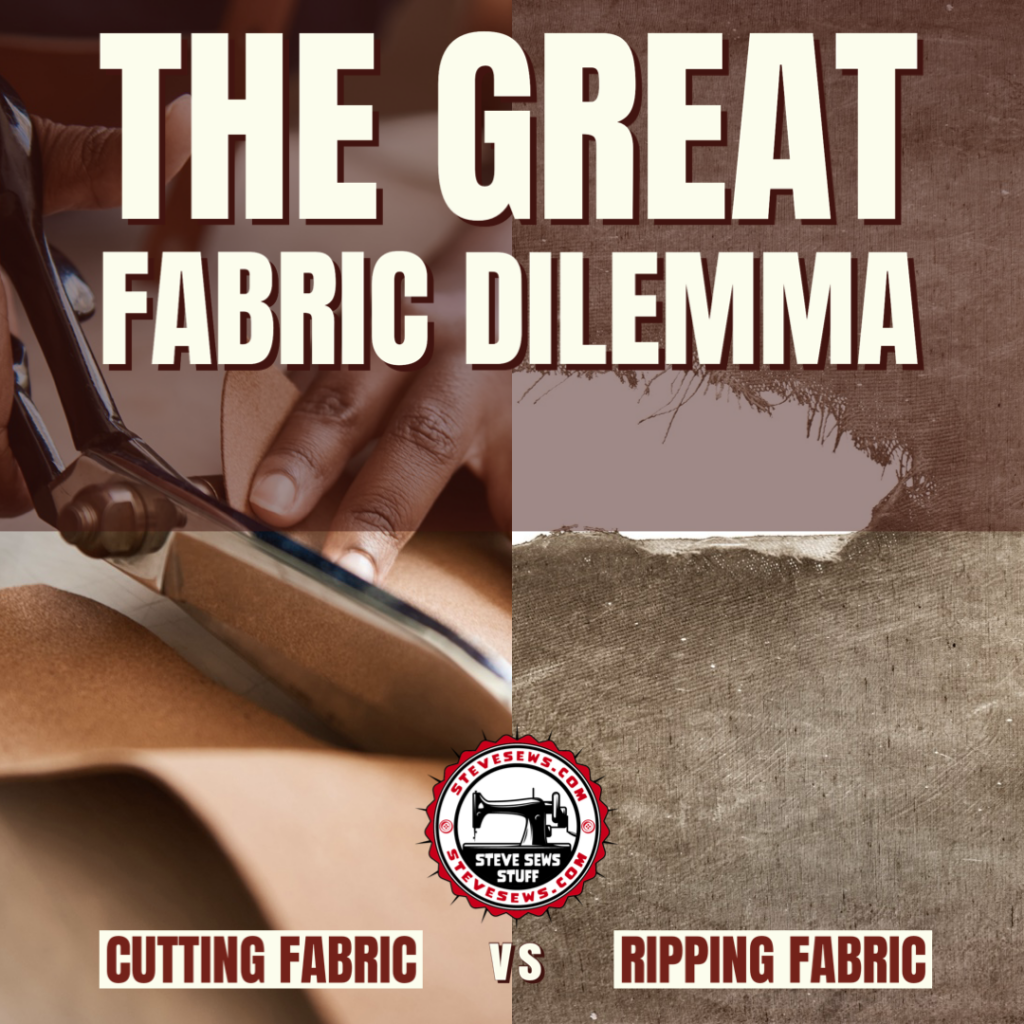
Cutting Fabric:
Precision: Cutting fabric with scissors or a rotary cutter allows for precise measurements and shapes. This is especially important when working on intricate patterns or detailed designs.
Control: Cutting gives you better control over the fabric, making it easier to follow curves and create clean edges. This is particularly beneficial for projects that demand accuracy.
Fabric Type: Some fabrics, like woven materials, are better suited for cutting due to their stable structure. This method is ideal for preventing fraying and maintaining the fabric’s integrity.
Time Efficiency: For many crafters, cutting is a quicker process compared to ripping. If you’re working on a time-sensitive project, cutting may be the more efficient choice.
Ripping Fabric:
Grainline Preservation: Ripping along the fabric’s grainline ensures that the threads align with the fabric’s natural structure. This can be advantageous for achieving better drape and overall fabric performance.
Speed: Ripping can be faster, especially when dealing with long strips of fabric. This method is commonly used in quilting, where straight strips are frequently required.
Natural Edge: Ripping creates a natural edge that may be suitable for certain projects, providing a rustic or raw aesthetic. This can be appealing in projects where a clean-cut edge is not necessary.
Stretchy Fabrics: Ripping is often recommended for stretchy fabrics like knits, as it preserves the fabric’s elasticity and prevents distortion.
Disadvantages of Cutting Fabric:
Fraying: Cutting fabric exposes raw edges that may fray over time, especially with loosely woven or delicate fabrics. Additional measures like serging or hemming are often required to prevent this.
Straight Lines: Cutting may pose challenges when dealing with curves or irregular shapes, requiring careful handling and skill to achieve precision.
Waste: The cutting process often results in leftover scraps and waste, especially when intricate patterns or small pieces are involved.
Disadvantages of Ripping Fabric:
Lack of Precision: Ripping may lack the precision needed for detailed or complex patterns, making it less suitable for certain projects.
Distortion: Ripping can cause distortion along the grainline, affecting the fabric’s alignment and potentially impacting the final outcome.
Limited to Grainline: Ripping is most effective along the fabric’s grainline, limiting its application to projects where this alignment is crucial.
It’s essential to weigh these disadvantages against the advantages of each method and choose the approach that aligns with your project’s requirements and your skill set.
Conclusion:
Ultimately, whether to cut or rip your fabric depends on the nature of your project, the type of fabric you’re working with, and your personal preferences. Consider the intricacy of your design, the time constraints, and the specific characteristics of the fabric. In many cases, a combination of both cutting and ripping may be the optimal approach. Experiment with both methods to discover which works best for your unique creative endeavors.
Note: I have ripped some of mine but I’d rather cut my fabric with a rotary cutter or scissors.
Do you cut or rip your fabric and why. Feel free to share in the comments below.
Upcoming Events
This is a list of the upcoming events that Steve Sews will be at. If you know of one in the East Tennessee area, let me know.
None at this time. Check back later.
Meet …
Meet the staff and/or equipment for Steve Sews.
- Brother Stitch (Current Sewing Machine)
- Forge (Circuit)
- Interns
- Lovees (Stuffed Animals)
- Mendi (My Wife’s Sewing Machine)
- Rosie (Antique Sewing Machine)
- Steve (Steve himself)
- The Masked Bandit (Steve’s older Sewing Machine)
- Trainees
- Van the T-Rex (Helper)
- Zee (Face Mask Model)

SUBSCRIBE TODAY!
Don’t miss a single blog post about sewing, quilting, crafts, and recipes! Plus so much more!
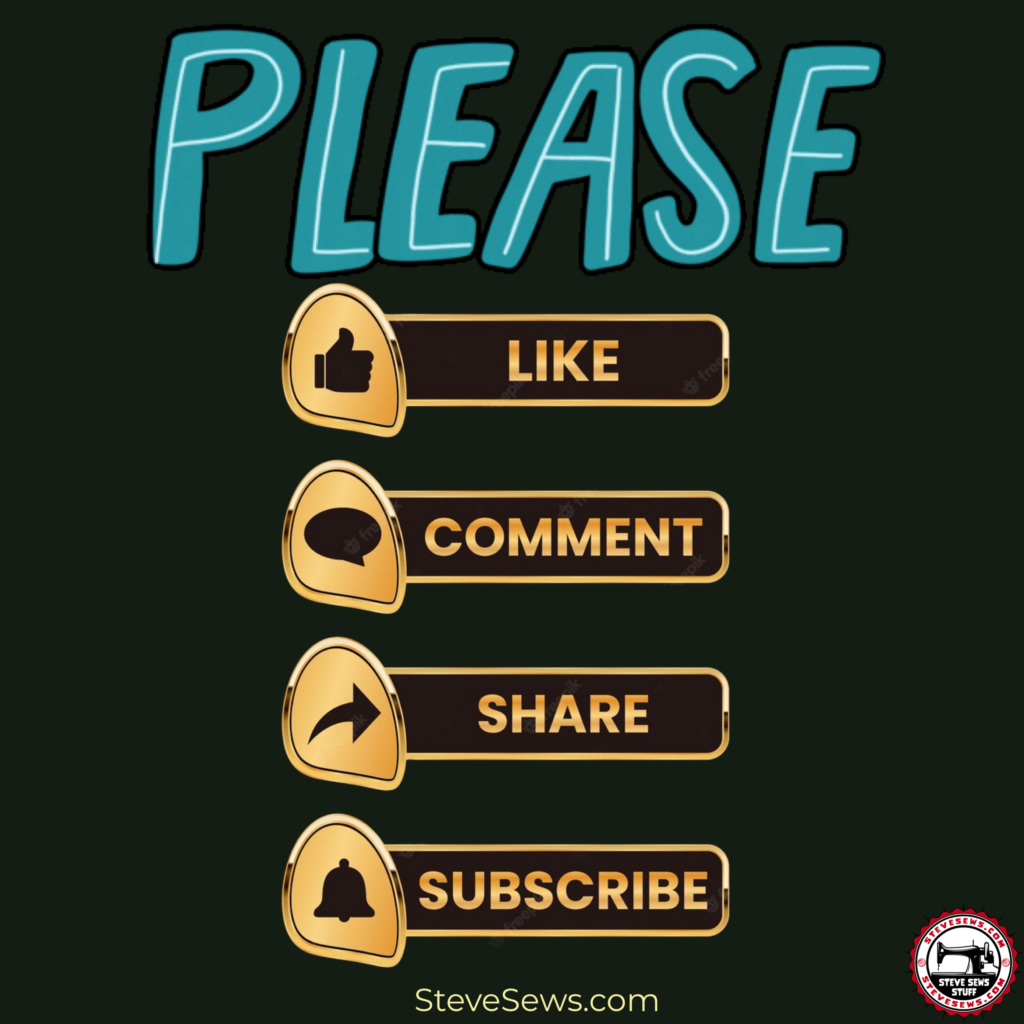
Follow on WordPress
Follow Steve Sews Stuff on WordPress.comFollow Steve Sews Stuff on Social Media:
You can also choose to follow Steve Sews Stuff on social media as well. (@SteveSews2)
Below are some examples of blog entries from all blogs that I do. (Courageous Christian Father, Steve Sews Stuff and SteveZ DesignZ).
Recent Feed of All of Steve’s Blogs
Recent Posts on Steve Sews
Below is a list of the most recent blog posts found on Steve Sews for you to check out.
Clipart: Unsplash, Pixabay, Pexels, Openverse, Adobe Express, Adobe Stock, FreePik, MetroCreative, Wonder AI, Algo AI and more. This site uses Amazon Affiliate Ads & Google Ads.
